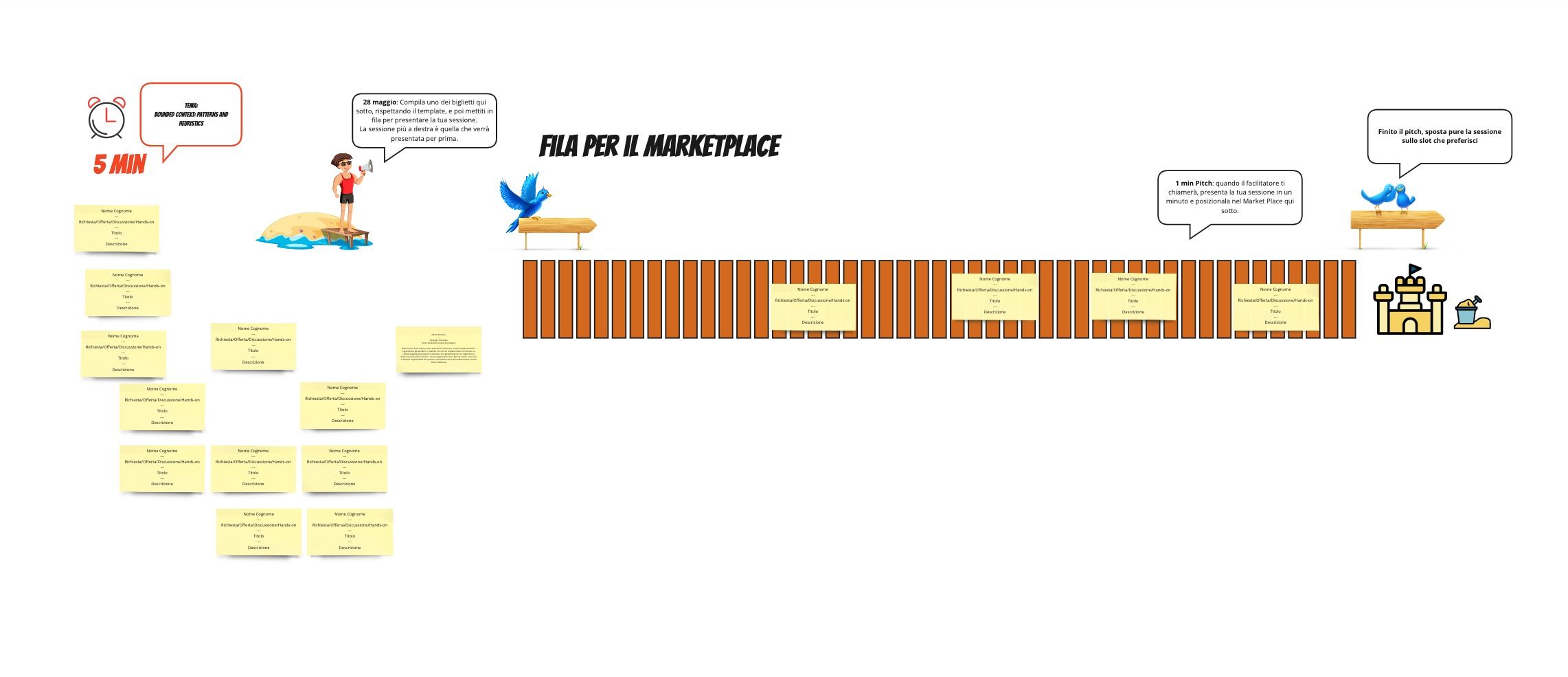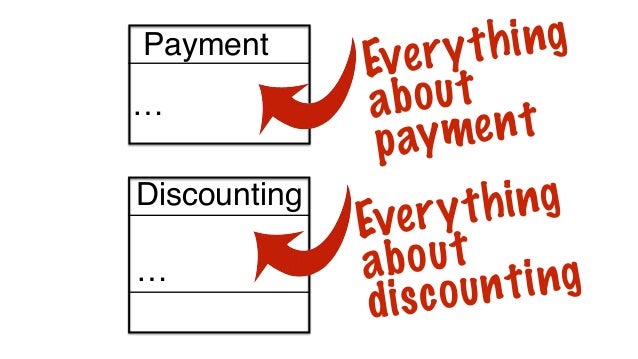
The partnership relationship pattern describes two teams that have a common goal and a usually on the same project but working on two different contexts.This is often the case when the upstream team is a third-party. The conformist pattern describes the relationship between an upstream and downstream team where the upstream team will not collaborate with the downstream team.

Downstream customers can collaborate with their upstream suppliers to integrate contexts. Collaboration between two teams not working to a common goal or not on the same project is known as a customer-supplier relationship.Upstream context have influence over downstream contexts. Relationships between bounded contexts can be understood in terms of being upstream or downstream of one another.Typically, this creates a published language for clients to work with. Integration via an open host service exposes an external API instead of requiring clients to transform from one model to another.Integration using the shared kernel pattern is for contexts that have an overlap and shared a common model.The layer ensures integrity is not compromised by providing translation from one context to another. An anticorruption layer provides isolation for a model when interfacing with another context.Without them, models can be compromised, and bounded contexts can quickly change to balls of mud as integration blurs the lines of a model’s applicability. It provides a holistic view of the technical integration methods and relationships between bounded contexts.
#Ddd bounded context code

A bounded context is a linguistic boundary.For each model at play within an application, you must explicitly define its context and communicate it to other teams.A monolithic model increases collaboration overhead among teams and reduces their efficiency at delivering business value.Trying to use a single model for a complex problem domain will often cause code to result in a Big Ball of Mud.Maintaining the integrity of Domain Models with Bounded Contexts


 0 kommentar(er)
0 kommentar(er)
